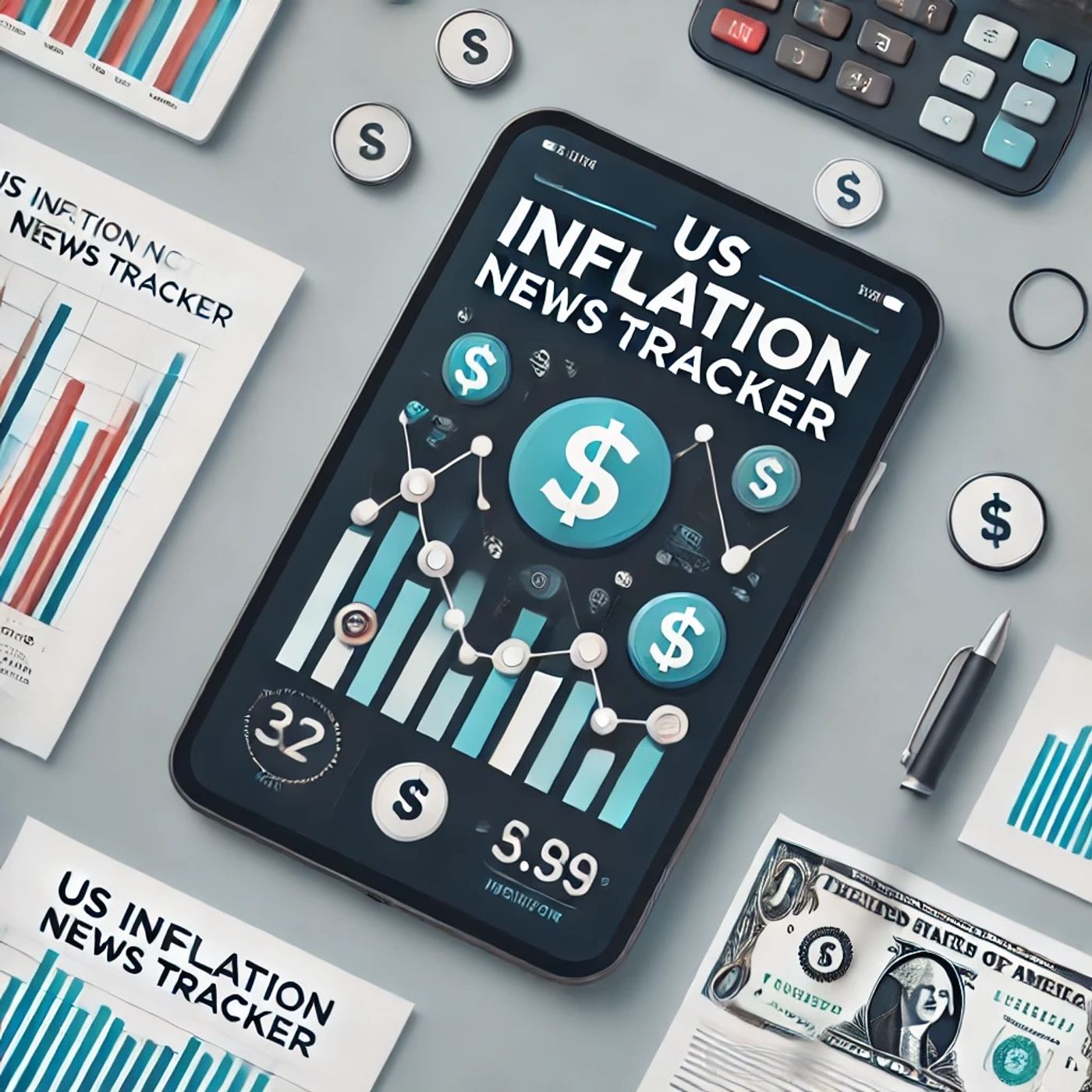Jan 31 2025 3 mins
In December, the United States witnessed a notable rise in inflation rates alongside a significant acceleration in consumer spending. This financial landscape suggests that the Federal Reserve might opt to postpone interest rate cuts to manage the economic situation effectively.
Statistics from the latest monthly reports indicate that the inflation rate increased due to several contributing factors. Supply chain disruptions continue to ripple across various sectors, driving up costs for businesses and, subsequently, consumers. Additionally, energy prices have been volatile, adding pressure to inflation figures. The consumer price index (CPI), a key measure of inflation, has shown these upward trends, reflecting higher prices in categories such as food, transportation, and housing.
Despite the inflationary concerns, consumer spending, which is a critical component of economic growth, has shown considerable strength. Retail sales data for December reveal that consumers have maintained a strong purchasing habit, bolstered by factors such as job growth and wage increases. The holiday season further amplified this trend, with consumers spending more on gifts, travel, and dining out, contributing to the surge in overall spending.
This dual scenario of rising inflation and robust consumer spending puts the Federal Reserve in a challenging position. The central bank typically uses interest rate adjustments as a tool to control inflation. By raising rates, borrowing becomes more expensive, which can cool down spending and investment, thereby easing inflation. However, given the current economic resilience exhibited through consumer activity, the Federal Reserve may decide to delay any immediate interest rate hikes to avoid stifling economic momentum.
Another layer of complexity is added by the global economic environment. International factors, such as geopolitical tensions and trade dynamics, also affect commodity prices and supply chains, further influencing domestic inflation levels. The Federal Reserve must consider these external pressures while crafting monetary policy responses to navigate the inflationary landscape skillfully.
Policymakers are closely scrutinizing labor market trends, as employment figures can offer insights into economic health. A strong job market can sustain consumer spending, while wage growth might introduce additional inflationary pressures. Balancing these elements will be crucial for the Federal Reserve as it strategizes for the coming months.
In summary, the rise in US inflation during December, coupled with an increase in consumer spending, presents a nuanced economic scenario. The Federal Reserve faces the intricate task of managing inflation without derailing the ongoing economic recovery. Their decisions in the following months will be pivotal in shaping the economic outlook for 2023, ensuring that both price stability and growth are maintained.
Statistics from the latest monthly reports indicate that the inflation rate increased due to several contributing factors. Supply chain disruptions continue to ripple across various sectors, driving up costs for businesses and, subsequently, consumers. Additionally, energy prices have been volatile, adding pressure to inflation figures. The consumer price index (CPI), a key measure of inflation, has shown these upward trends, reflecting higher prices in categories such as food, transportation, and housing.
Despite the inflationary concerns, consumer spending, which is a critical component of economic growth, has shown considerable strength. Retail sales data for December reveal that consumers have maintained a strong purchasing habit, bolstered by factors such as job growth and wage increases. The holiday season further amplified this trend, with consumers spending more on gifts, travel, and dining out, contributing to the surge in overall spending.
This dual scenario of rising inflation and robust consumer spending puts the Federal Reserve in a challenging position. The central bank typically uses interest rate adjustments as a tool to control inflation. By raising rates, borrowing becomes more expensive, which can cool down spending and investment, thereby easing inflation. However, given the current economic resilience exhibited through consumer activity, the Federal Reserve may decide to delay any immediate interest rate hikes to avoid stifling economic momentum.
Another layer of complexity is added by the global economic environment. International factors, such as geopolitical tensions and trade dynamics, also affect commodity prices and supply chains, further influencing domestic inflation levels. The Federal Reserve must consider these external pressures while crafting monetary policy responses to navigate the inflationary landscape skillfully.
Policymakers are closely scrutinizing labor market trends, as employment figures can offer insights into economic health. A strong job market can sustain consumer spending, while wage growth might introduce additional inflationary pressures. Balancing these elements will be crucial for the Federal Reserve as it strategizes for the coming months.
In summary, the rise in US inflation during December, coupled with an increase in consumer spending, presents a nuanced economic scenario. The Federal Reserve faces the intricate task of managing inflation without derailing the ongoing economic recovery. Their decisions in the following months will be pivotal in shaping the economic outlook for 2023, ensuring that both price stability and growth are maintained.
